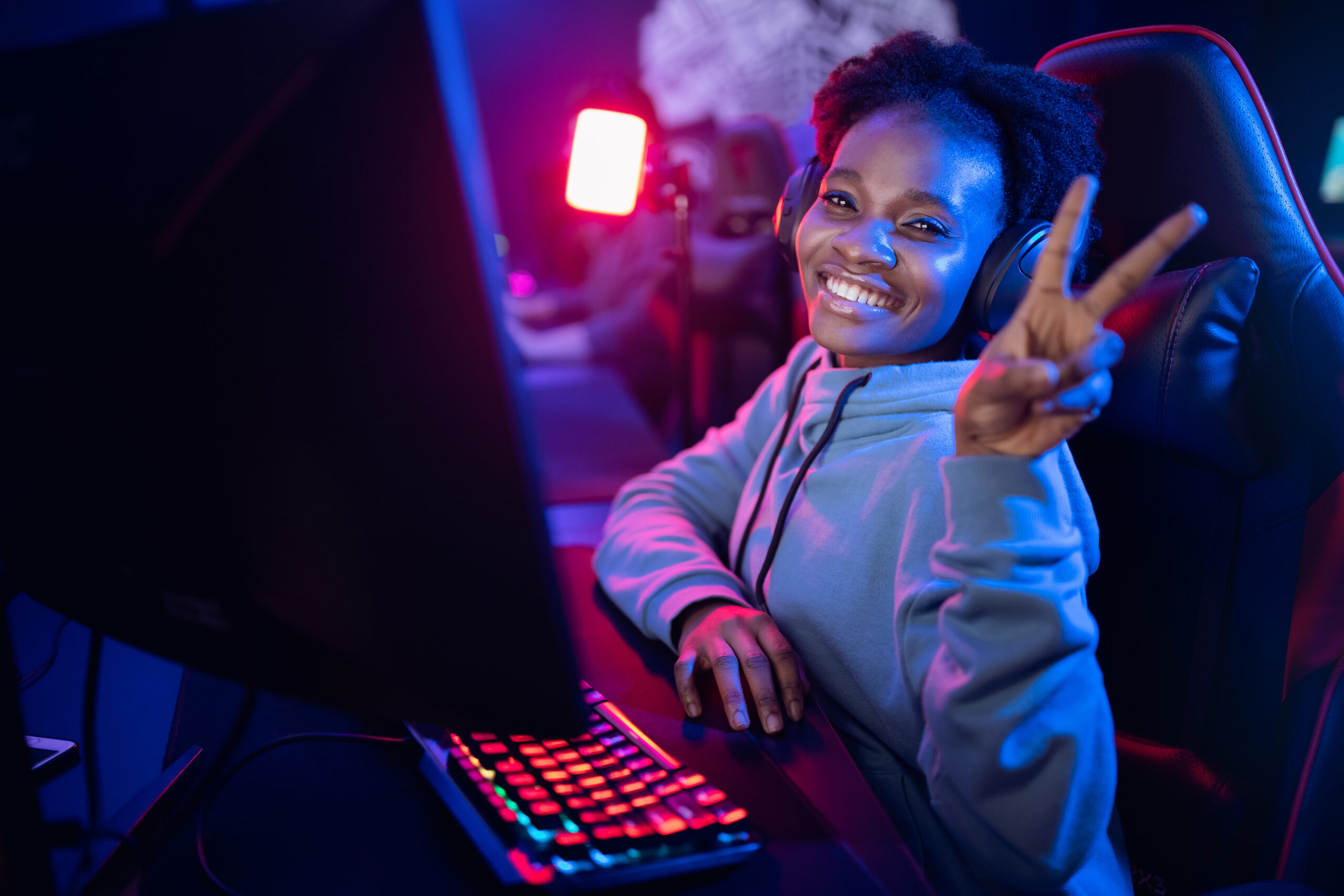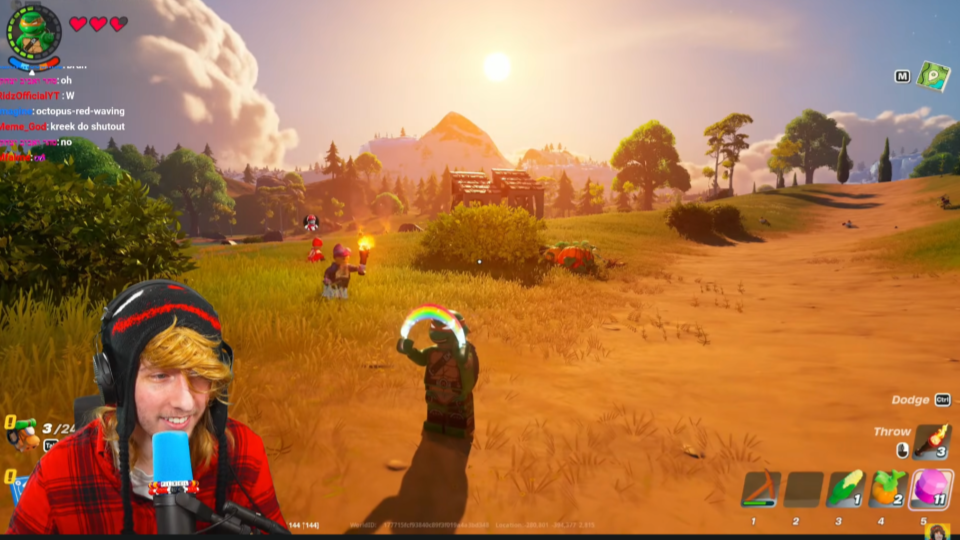In 2023, the average Roblox player amended their avatar eight times a day.
That number will be higher again in 2024, and not just because the items available are becoming cooler, higher fidelity, and more widely available.
Firstly, there are all kinds of ways that a player can amend their avatar. It’s not just about the clothing: you can change the various layers, but you can also change your avatar’s body, your headgear, your hair, your mask, your makeup – not to mention your back bling. Don’t forget, in plenty of games, you’re mostly seen from behind and so we often see a lot of focus on customization in this area – something we refer to as “flipped fashion”.
Secondly, the platforms and the developers who build on them are recognizing just how much engagement there is to be had from digital fashion. The vast majority of popular roleplay games on Roblox (think Livetopia, Club Roblox, Brookhaven RP) have built fashion UGC into their primary mechanics, aggregating UGC from the marketplace so that they’re wearable and often even purchasable within the game.
Unsurprisingly, Roblox is at the forefront of this trend, thanks to its impressive developer tools (and its scale – 1.6 billion avatar items were purchased last year), but Fortnite, Minecraft and Zepeto are all examples of platforms leveraging the power of digital fashion.
So how do brands make their own impact on this important gaming trend?
At this stage, every brand knows that success in gaming hinges on authenticity and value. Gen Z and Gen Alpha alike have plenty of competitors for their attention inside the gaming platforms they love. Their interest can’t be won without brands showing up in the right places, and giving them something they actually want.

Here are five key insights about youth audiences that brands can learn from their avatar usage in gaming:
1. Fashion in gaming is about reward and trading as well as self-expression
Inside Roblox, in particular, accessories are powerful tools for reward and trading. So while it might seem like a marker of success to see how many players are sporting a digital version of a branded accessory, scarcity can be a powerful tool. Branded items have the potential to become a kind of digital currency that enables players to show and exchange their affiliation.
2. Avatar fashion isn’t always about a direct correspondence with the real world – it’s often a reaction to the gaming environment
84% of Roblox users agree that their physical style is at least somewhat inspired by what their avatar wears, but in a digital world where avatars are changed an average of 8 times per session, digital fashion is playing a more important role than keeping you covered.
An obvious example is the way players dress to fit the game they’re in. If they’re playing five games a session, their outfits will shift to match each game, like playing the Pizza Place game dressed as a chef.
From a brand point of view, there are all manner of interesting takeaways to be learned from the way players dress inside your branded experiences. A key marker of the depth of engagement is how the users show up to interact with your brand. In-game items are an important way for players to express brand affinity, as well as a way of solving the ever-prevalent problem of attribution for younger audiences.
3. You do not have to be a fashion brand for skins and digital accessories to be important to you
If nothing else, the virality that the Stanley Cup saw inside Roblox (and in the real world) earlier this year shows that you can be a retailer, a CPG company, or an entertainment IP and still take advantage of avatar-led engagement. The unlikeliest brands have found that digital accessories are a vital vector for engagement.
4. UGC items are incredibly powerful in driving traffic and engagement (if you get it right)
At SuperAwesome, we’ve got a wealth of experience in helping brands activate in gaming. A recent campaign for Gap Teen, which drove 5.4 million visits in three months led to over 20 million Gap items being equipped by players.
5. Gen Z are creators by default, not just consumers
According to Roblox, there were 13 million 2D and 3D digital clothing designers in 2023 – and many of those designers were also players.
For brands to be successful with Gen Z, they need to acknowledge that they’re interacting with a community of creators. That’s part of what makes UGC items and avatars so interesting – it’s an immersive way for brands to equip creators with a toolkit from which to build. What they build is up to them.
You can take a deeper dive into how SuperAwesome can support your gaming strategy by checking out my recent session at the IAB PlayFronts:
Or you can connect with our sales team to learn more about how your brand can get started!




